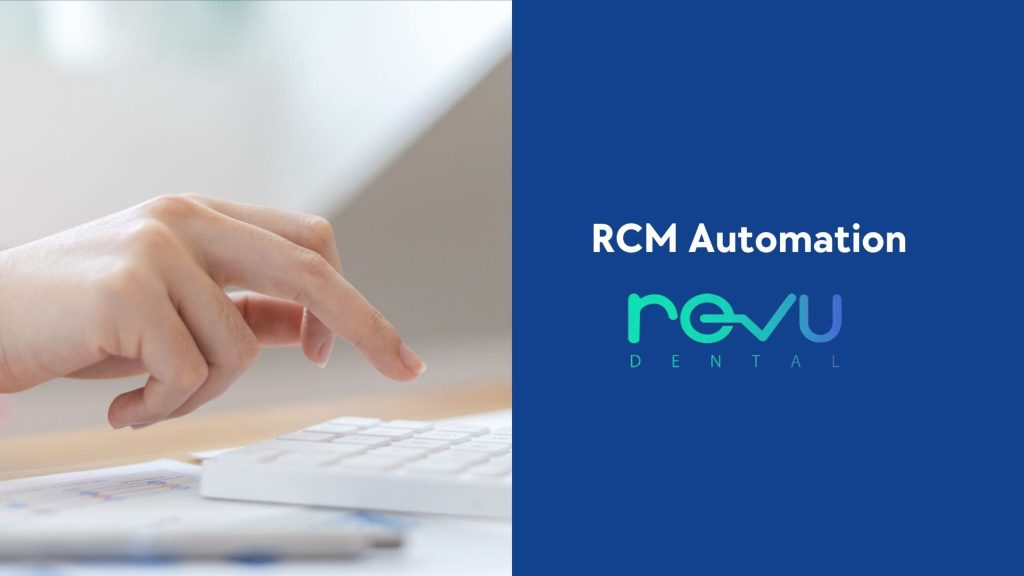RCM Automation and Its Impact on the Healthcare Sector
RCM Automation Revenue cycle management (RCM) has grown in significance due to the dynamic nature of the healthcare business. Automating RCM processes is one method by which healthcare organizations are enhancing their RCM operations. In this post, we’ll talk about how RCM automation is making the healthcare business better.
What is RCM Automation?
When it comes to the business side of healthcare, revenue cycle management automation is the way to go. Patient registration, insurance claims processing, and payment posting are all examples of such activities. Automation of these procedures allows healthcare providers to spend less time on paperwork, increase efficiency, and increase revenue.
The Importance of Automating Your Revenue Cycle Management
Enhanced Productivity
Efficiency gains are a key advantage of automated revenue cycle management. Medical professionals can save time and improve precision by using automated procedures. Staff members are then better able to devote their attention to the patients themselves.
Fewer Mistakes
Payment delays or claim denials could result from inaccurate information entered by hand. When revenue cycle management is automated, both human error and delays in processing payments are drastically reduced.
Earnings Growth
Healthcare providers can increase their income by optimizing the revenue cycle. Automated methods allow for faster and more accurate claims submission, reducing the chances of payment delays or denials. Hence, this has the potential to raise income and boost the company’s bottom line.
Enhanced Satisfaction for Patients
Automation in revenue cycle management can also boost patients’ overall satisfaction. Therefore, computerizing patient registration and billing lessens the administrative load associated with healthcare spending. Similarly, the outcome may be more satisfied and loyal patients.
Automating Revenue-Cycle-Management
The healthcare business must methodically integrate RCM automation. Some examples of what healthcare organizations can do to automate RCM processes:
The first step in automating your revenue cycle management operations is to assess where you are now. So, find the slowest or error-prone parts of the process. And you can use this information to figure out which tasks would benefit most from being automated.
But after you know which tasks need to be automated, you can begin looking into automation options that will work for your business. Search for programs that can work with your current infrastructure and provide the tools you need to simplify your revenue cycle management.
Create a Detailed Strategy: Create a clear strategy for implementing RCM automation, including timelines, resources, and personnel responsibilities. Planned actions for implementing the automated solution, including any necessary staff training, should be specified.
Make sure the automation solution is up to snuff for your business by testing it out first. To do this, it may be necessary to conduct a pilot program or test the solution with a select group of employees.
After implementing the RCM solution, it is imperative to train employees on how to use the new platform. This will help guarantee that employees are proficient with the automation tool.
To make sure the automation system is working as intended, it should be monitored regularly. Keep an eye on indicators like the percentage of claims that are rejected, the amount of money collected, and the efficiency of your team.
Finally, always be on the lookout for ways to enhance your revenue cycle management process and assess how well your RCM automation solution is working. To do so, it may be necessary to make changes to the automation system or to find new processes to automate.
Implementing RCM automation and streamlining the revenue cycle management process in healthcare businesses is possible by following these steps.
Challenges of RCM Automation
The healthcare industry faces several obstacles that must be overcome before RCM automation can be fully implemented. Examples of such difficulties include:
Implementing RCM automation could include integrating with preexisting processes, which can be a complex and time-consuming process. To handle the integration process, healthcare institutions may need to acquire new tools or recruit more employees.
Especially for less-resourced healthcare facilities, the investment required to implement RCM automation might be substantial. Investing in automation may require spending money on hardware, software, and human resources.
Challenges regarding data security may also be raised by RCM automation. It is the responsibility of healthcare providers to safeguard patient information against cybercrime.
HIPAA is just one of many regulations that healthcare providers must follow while handling patient information. Healthcare businesses that want to automate RCM must first confirm that their systems are in line with these rules.
Last but not least!
Healthcare organizations that adopt RCM automation report considerable improvements in revenue cycle management, efficiency, and patient satisfaction. Yet, there are obstacles to automation that healthcare firms must overcome, such as data security, cost, and regulatory compliance. Organizations in the healthcare industry can decide if automation is the best course of action by weighing the advantages and disadvantages of robotic process automation (RPA) for revenue cycle management (RCM).
Revu Billing Is Here to Help!
Streamline your dental practice’s billing with help from Revu Billing, a healthcare accounting and processing services firm. Revu Billing is a software that automates and streamlines the revenue cycle management, error prevention, and payment collecting processes for dental offices. Dental practices that use Revu Billing’s billing services report more revenue and fewer problems with data security and compliance regulations. With Revu Billing’s help, dental offices may boost their bottom line while prioritizing patient care.



